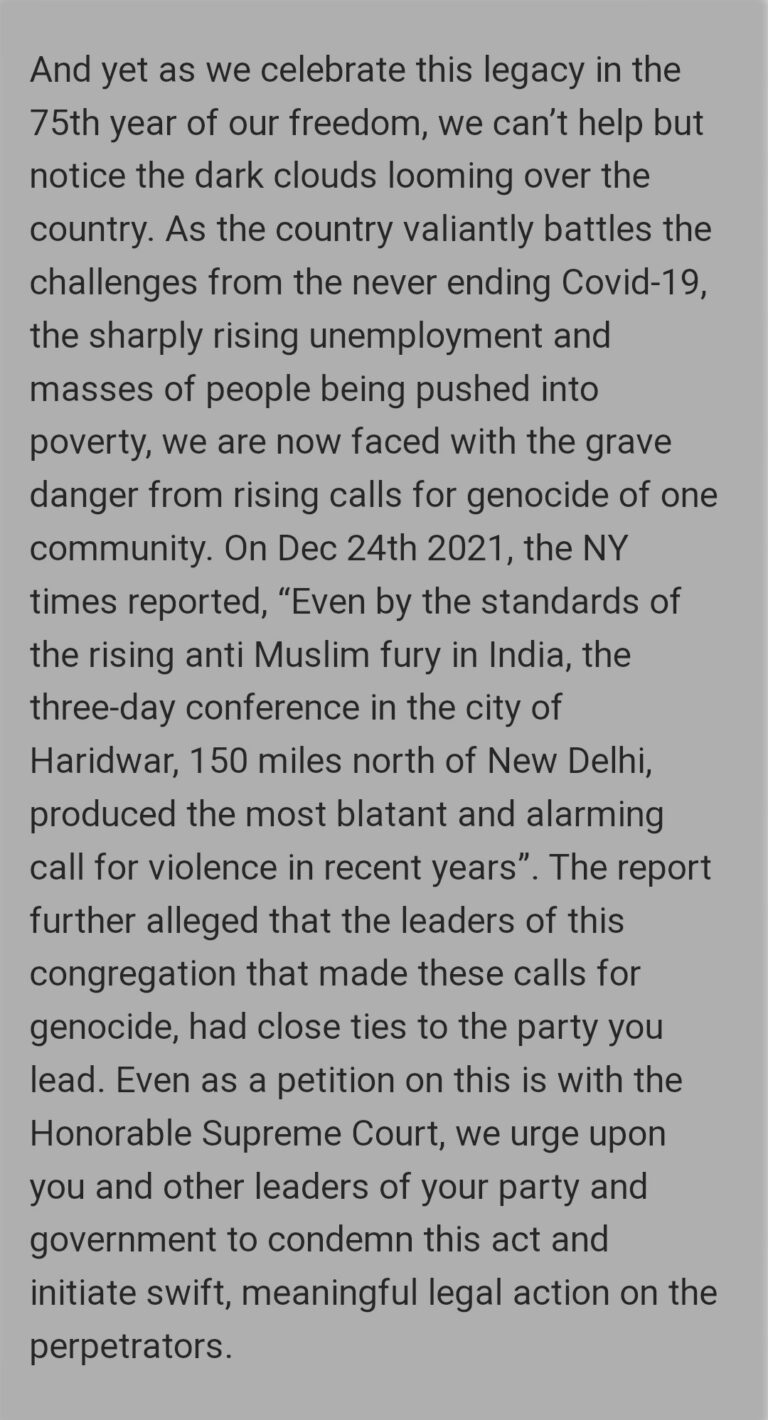Former prosecutors are unemployed have to hide to save their families and themselves from the very criminals against whom they fought in the courts since the Taliban took over.
Within days of the Taliban takeover, people running the cogs and wheels of the country’s judicial system lost their jobs. There is no place for them in the Sharia legal system.
Many of them, now unemployed, are struggling to provide for their families.
“We have been living in misery for several months,” Moshtari Danesh told Radio Azadi, a radio being run by Afghan journalists in exile. Moshtari has been unable to pay the rent for her home.
Moshtari Danesh is disabled and a woman. She grew up in deeply conservative Afghanistan and overcame great odds to become a prosecutor.
Afghanistan’s former prosecutors like Danesh who worked with the judicial system are reeling from a devastating economic crisis triggered by the Taliban takeover.
Not just that, they have to hide to save their families and themselves from the very criminals against whom they fought in the courts. The murderers and drug dealers were freed from prisons by the Taliban as soon as they unseated the elected government and took office.
Another such person was Humayun (who only goes by his first name). For years before the collapse of the Afghan government, Humayun was tasked with investigating serious crimes in the southern province of Helmand. Working in a region where most of the world’s opium is grown and processed into heroin, his job often focused on those in Afghanistan’s illegal narcotics trade.
But now, Humayun says he is receiving threats from the criminals he helped to convict. He says they are demanding that he reimburse them for fines they’d paid and property that was confiscated from them as part of their sentencing.
Humayun recently received a call from a former convict from Helmand’s Nad-e Ali district who held him responsible for the dismantling of his drug business. “He told me (that) I am responsible for the confiscation of his car and that I should return it now,” Humayun told Radio Azadi.
Humayun is not the lone one facing such demands
Humanyun is not the only one facing such demands from criminals set free by the Taliban.
“Many former inmates are now threatening me and my colleagues to demand that we return their money,” he said. “A responsible court imposed penalties or ordered their properties confiscated. Yet they are insisting that we are personally responsible for what happened to them.”
Several prosecutors, judges, and lawyers have been killed in recent months. Others have been attacked or threatened.
Western nations have evacuated and granted asylum to hundreds of judicial workers from Afghanistan. But for the thousands who remain trapped in Afghanistan, particularly women, the future is bleak.
“He shot at me”
Fatana Mohammadi, a lawyer, was attacked by an unidentified man in broad daylight in her home in Kabul last month.
“He shot at me once, but I was able to dodge the bullet by throwing a blanket over him,” Mohammadi told Radio Azadi. “After that, his gun jammed,” she said, adding that the attacker then beat her.
“My cries for help attracted the attention of my neighbors,” who took hold of the attacker and handed him over to the Taliban, she said.
“I still do not know who he was or why he wanted to kill me,” added Mohammadi.
Inamullah Samagani, a Taliban spokesman, told journalists in November that the militant group was not targeting former prosecutors. “There is no arbitrary or prejudiced treatment of (former) prosecutors,” he said.
Taliban tightens grip on justice system
Afghanistan’s judiciary has undergone a swift and complete overhaul since the Taliban seized power. There is no place for lawyers trained through the pedagogical tools of modern law education under the Sharia legal system that the Taliban have brought with them. The modern way of dispensing justice does not appeal to the Taliban, who feel it is too slow and ineffective.
In November, the Taliban’s justice minister, Mullah Abdul Hakim, declared that only Taliban-approved lawyers can work in their Islamic courts, effectively revoking the licenses of some 2,500 lawyers and banning women from working in law.
Dozens of Taliban gunmen also stormed the offices of Afghanistan’s Independent Bar Association (AIBA) in Kabul that month and ordered its employees to stop their work. The Taliban has put the AIBA under the control of its Justice Ministry, stripping the organization of its independence.
The moves have raised deep concerns about the impartiality and fairness of criminal trials under the Taliban that will be dominated by insurgents and clerics.
During its earlier rule over Afghanistan between 1996 and 2001, the Taliban courts used their tribal interpretations of Shari’a law to prescribe extreme public punishments, including executions, floggings, and amputations.
Since returning to power, the Taliban has signalled a return to some of its past methods.
“There’s no indication that the Taliban are thinking about incorporating the institutional setup of the previous government’s judicial and legal system,” Haroun Rahimi, a self-exiled assistant law professor for the Kabul-based American University of Afghanistan told Radio Azadi.
“They view that system with disdain,” he added. “They’d like to continue what they perceive as a more Islamic – authentically Islamic – simple version of the adjudication that they were doing with their shadow courts.”
Image: Jan Chipchase, Oxfam
















